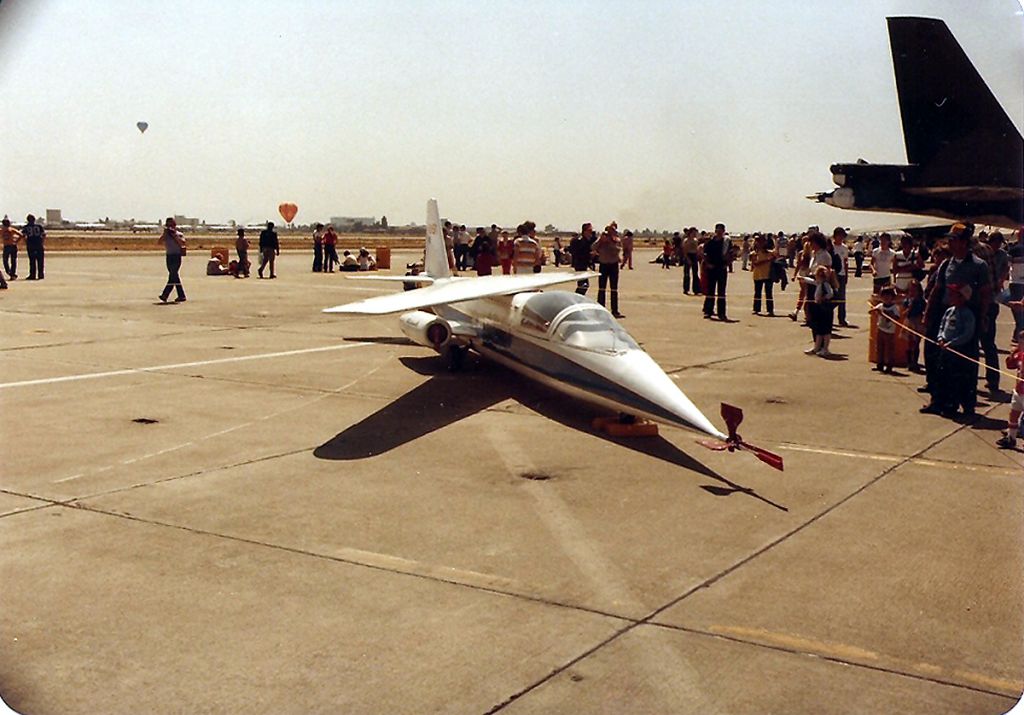All
 |
|
— —
KNUQ - Experimental - The Ames-Dryden (AD)-1 was a research aircraft designed to investigate the concept of an oblique or pivoting wing. The oblique wing could be rotated on its center pivot so that it could be set at its most efficient angle for the speed at which the airplane was flying.
The oblique wing was the brainchild of NASA aeronautical engineer Robert T. Jones, whose analytical and wind tunnel studies at the NASA Ames Research Center, Moffet Field, California, indicated that an oblique wing, supersonic transport might achieve twice the fuel economy of an aircraft sporting more conventional wings. Here the aircraft is seen on display at the NAS Moffett Field Airshow in the late 1980s


Please log in or register to post a comment.